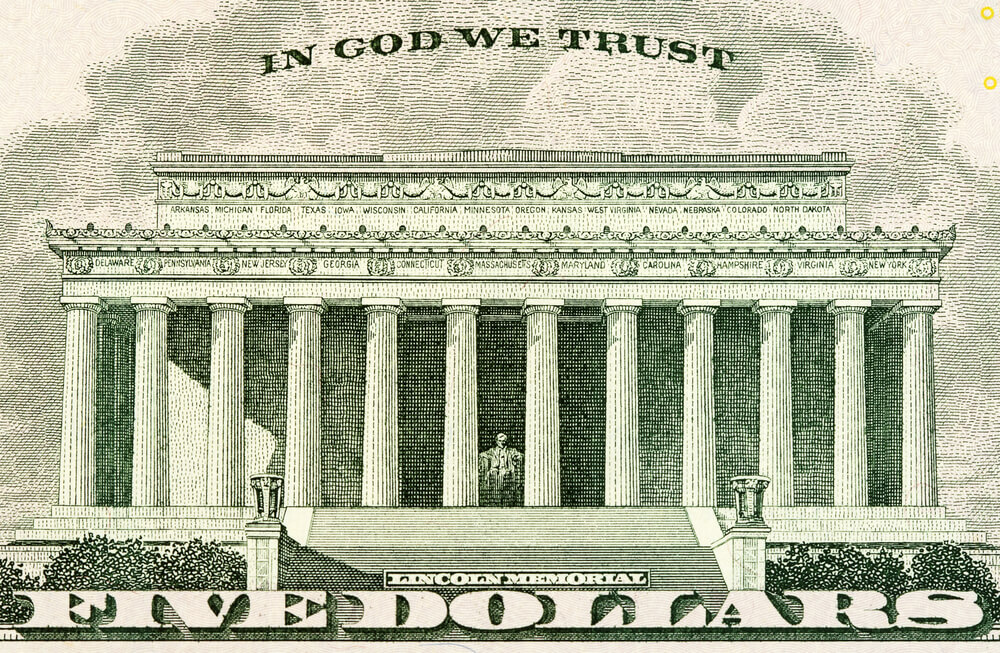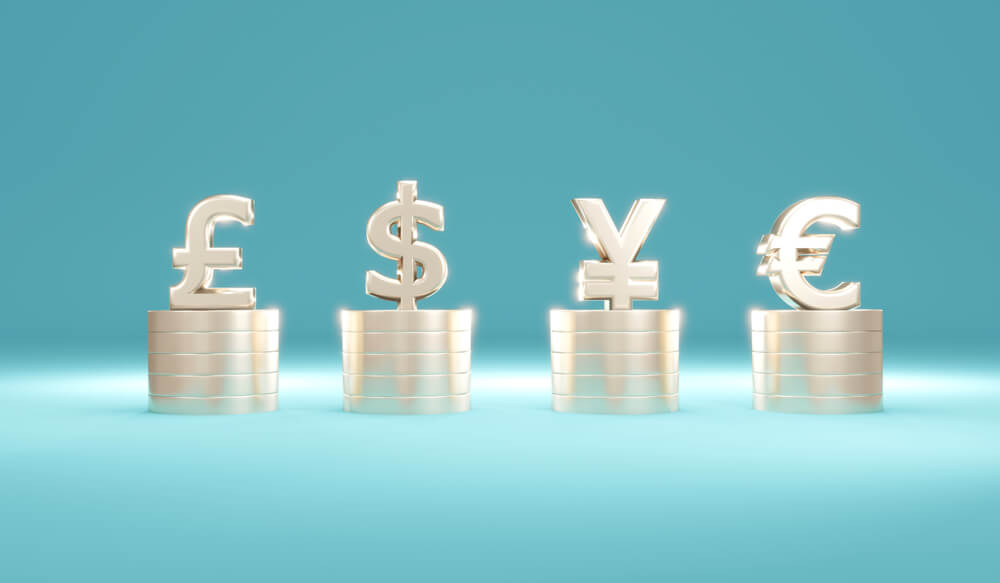what is fiat – test
Fiat currency is a type of currency that is usually issued by a government and that is backed by an asset such as gold or silver. Instead, fiat issues are backed by the government itself. Because fiat currencies are not backed by any physical asset, governments can print them endlessly. Fiat currencies are essentially just pieces of paper (or cotton) or digits on a screen for which a government controls the supply.
Table of Contents

Key Takeaways
- Fiat currency is a government-issued currency that is not backed by a commodity
- Fiat currencies are an alternative to commodity currencies, which are backed by commodities like gold or silver
- Fiat currencies are useful for facilitating commerce but they are vulnerable to inflation
- Fiat currencies are also an alternative to cryptocurrencies

What is the Purpose of Fiat Currencies?
The purpose of fiat currencies is for governments to give their citizens a unit of exchange. Fiat currencies are designed to be used in order to pay for goods and services. The term “fiat” is actually a Latin word that means “it shall be.” So basically, fiat currencies are currencies because the government says they are and thus, people are obligated to use them.

When Did Fiat Currencies Come Into Existence?
Fiat currencies were first used in 10th century in China when the government was struggling to keep up with the demand for metallic currencies. Since then many other governments around the world started using them whenever they were having trouble issuing enough metallic currency or just out of pure convenience. Oftentimes, fiat currencies were issued in the form of certificates for precious metals that were redeemable at any time.

Fiat Money Vs. Commodity Money
Fiat money is an alternative to commodity money. Commodity money is money whose value is derived from the underlying value of a commodity. In other words, commodity money has intrinsic value because the units of currency are derived from a commodity that is desirable and has value. Fiat money, on the other hand, has no intrinsic value. The only value that fiat currency has is the fact that it can be exchanged for something else that has value.
Over the millennia, many different commodities have been used for commodity money. Examples include:
- Gold
- Silver
- Copper
- Silk
- Tea
- Alcohol
- Cocoa beans
- Salt
- Coffee
- Tobbaco
The Pros and Cons of Fiat Currency
Pros
The biggest pro of fiat currencies is that they help to create a means of exchange that everyone in a country can use. This helps to facilitate commerce. Fiat currencies are also significantly easier and less expensive to create than other forms of currency, such as metallic currencies which have to be mined form the earth. This means that it can be easier for governments to create and manage fiat currencies.
Cons
The biggest con of fiat currencies is that they are vulnerable to inflation. If governments issue too many new units of currency too quickly, it can lead to rises in prices for goods and services in the nation. This can result in inflation, and sometimes even hyperinflation. Governments often try to print too many new units of currency when they are trying to get out of debt. When they do this too quickly, it can create major inflationary problems. For example, the nation of Germany experienced hyperinflation during the early 1920s when the German government was trying to pay debts it incurred through expenses associated with the first World War. During this period, the German government printed so much money that the exchange rate between the U.S. dollar and the German Mark, Germany’s currency, was one trillion Marks to one dollar. When hyperinflation happens, it can be devastating for countries. So, this is a serious flaw of fiat currencies.
Fiat Currencies Vs. Cryptocurrencies
In the past ten to fifteen years, digital, encrypted currencies, known as cryptocurrencies have come into existence and risen to popularity. Fiat currencies and cryptocurrencies share some similarities. However, there are also many important differences.
Unit of exchange
Cryptocurrencies and fiat currencies are similar in that they can both as a unit of exchange. In other words, you can pay for goods and services with them. However, not all goods and services can be paid for with cryptocurrencies at the present time, but many can.
Formality
The first important difference between fiat currencies and cryptocurrencies is that fiat currencies usually are physically printed and you can carry them around in your wallet. However, cryptocurrencies exist only digitally. So, for example, you cannot carry physical Bitcoins around in your wallet. Instead, they are stored electronically on the internet, on a computer, or on a hardware wallet, which is similar to a flash drive.
Created by
Another important difference between fiat currencies and cryptocurrencies is that fiat currencies are typically issued by governments and cryptocurrencies are typically issued either by private companies or individuals. However, in the future governments could start issuing their own “central bank digital currencies,” or, CBDCs.
Rules-based
A third important difference between cryptocurrencies and fiat currencies is that cryptocurrencies are “rules-based.” This means that they are governed by the rules of the code that was used to create them. Oftentimes, these rules do things like put hard limits on the amount of new currencies that are issued. For example, Bitcoin has a hard cap of 21 million coins. Because of hard caps and other rules that many cryptocurrencies have, cryptocurrencies can be more resilient against inflation.
Rules-based
Not all cryptocurrencies have supply caps, but many of them do. Many also have limits on the amount of units that can be minted each year. Cryptocurrencies are also beyond the control of governments. However, governments frequently regulate them. Some governments have decided to ban them entirely, forcing citizens to only use their national fiat currencies.
Why are Bitcoins Valuable?
Bitcoins are valuable for the following reasons:
- Bitcoin can be used as a medium of exchange to buy goods and services.
- With a maximum supply of 21,000,000 BTC, Bitcoin is finite and limited in supply.
- Bitcoin cannot be counterfeited.
- Bitcoin can easily be traded across geographical boundaries with low transaction fees.
- Bitcoin can be used as a store of value.
Conclusion
Fiat currencies have been around for centuries. They are unlikely to disappear any time soon. However, they are now facing increased competition from cryptocurrencies. So, the coming decades will determine how governments and central banks will adapt to this new competition.
Table of Contents
Related articles

What is Bitcoin Adoption?

What is a Bitcoin Loan?






